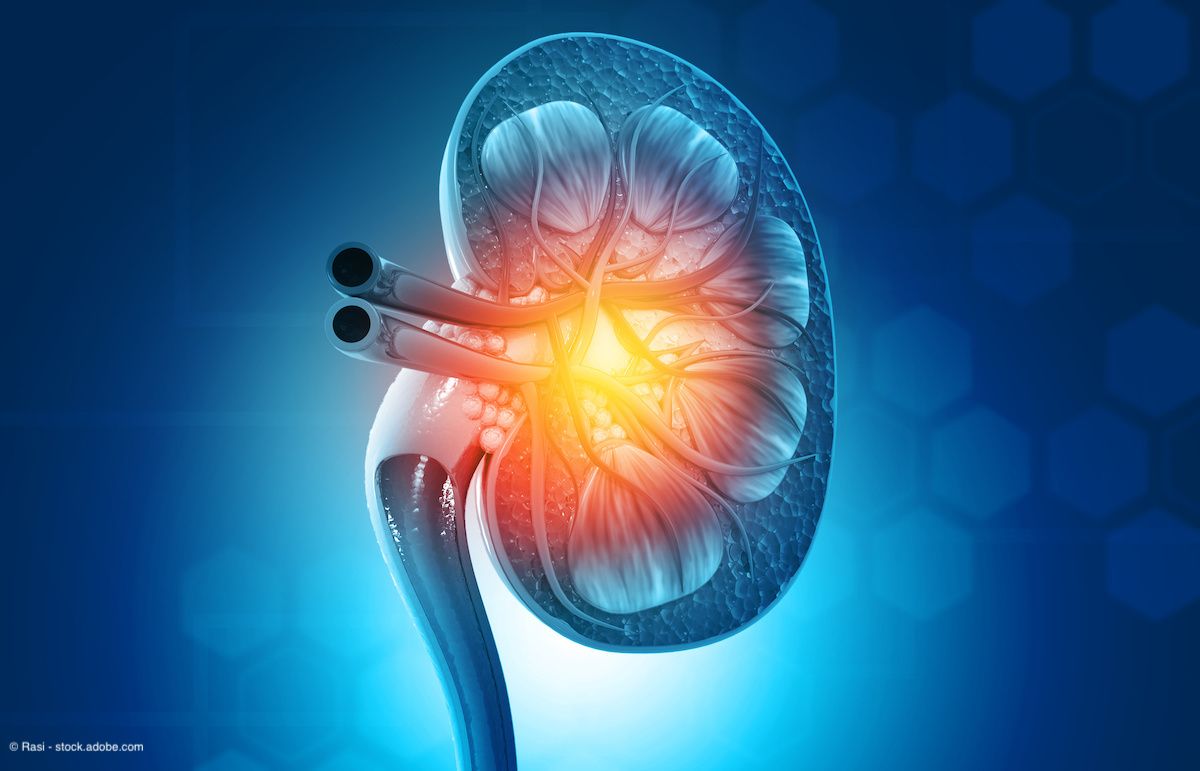News
Article
Chemotherapy resistance associated with favorable histology in Wilms tumor
Author(s):
“The take-home message is: Don’t assume bad things if the tumor is growing during chemotherapy," says Andrew M. Davidoff, MD.
Data recently published in the Journal of the National Cancer Institute suggest that bilateral Wilms tumors of the stromal-predominant subtype tend to have improved outcomes following kidney-sparing surgery, despite showing initial resistance to neoadjuvant chemotherapy.1
The mean age at diagnosis for patients with the stromal-predominant Wilms tumor subtype was 18.8 months.

“When children have tumors in both kidneys, it’s a very different approach than unilateral disease. We have to start with chemotherapy in an effort to shrink the tumors and make them more amenable to kidney-sparing surgery, preferably on both sides. But sometimes the tumors actually grow while receiving chemotherapy, and initially, it seemed like that would be a bad thing,” explained senior author Andrew M. Davidoff, MD, in a news release on the findings.2 Davidoff is the chair of the surgery department and the director of surgical research at St. Jude Children’s Research Hospital in Memphis, Tennessee.
However, the investigators found that patients who experienced tumor growth on initial chemotherapy were more likely to have tumors composed of predominantly stromal cells, which demonstrated a post-surgery survival rate of nearly 94% in the study.
Specifically, the odds ratio for tumors that increased in size being of the stromal predominant subtype, rather than the epithelial- or blastemal-predominant subtypes, was 19.5 (95% CI, 2.46-155.03). Further, the predictive value for a tumor growing in patients less than 18 months of age with the stromal-predominant subtype was 85.7% (95% CI, 57.18%-93.5%).
The investigators also noted that the age of patients at diagnosis was youngest among those with stromal predominant tumors compared with patients that had tumors of other histologic subtypes (χ2 = 7.05; P = .07). The mean age at diagnosis for patients with the stromal-predominant subtype was 18.8 months (SD, 14.1 months).
“Wilms tumor with unfavorable outcomes actually do generally respond well, at least initially, to the chemotherapy. Whereas, at the other end of the spectrum, we have this extremely favorable type, this stromal-predominant tumor, that has typically good outcomes despite not responding very well to the chemotherapy,” added Davidoff in the news release.2 “The take-home message is: Don’t assume bad things if the tumor is growing during chemotherapy.”
In total, the retrospective study included 68 patients with synchronous bilateral Wilms tumor. All patients underwent nephron-sparing surgery at St. Jude Children’s Research Hospital between January 2000 and March 2022. The investigators used a mixed-effects logistic regression model to assess the likelihood of a tumor being of the stromal-predominant subtype based on response to neoadjuvant chemotherapy.
The authors concluded,1 “Tumors that increased in size during neoadjuvant chemotherapy were most frequently stromal-predominant [bilateral Wilms tumor], especially in younger patients. Therefore, nephron-sparing surgery, rather than biopsy, or extension or intensification of neoadjuvant chemotherapy, should be considered for bilateral [Wilms tumor] that increase in volume during neoadjuvant chemotherapy, particularly in patients younger than 18 months of age.”
References
1. Duncan C, Mothi SS, Santiago TC, et al. Response of bilateral wilms tumor to chemotherapy suggests histologic subtype and guides treatment. J Natl Cancer Inst. 2024:djae072. doi:10.1093/jnci/djae072
2. Study flips treatment paradigm in bilateral Wilms tumor, shows resistance to chemotherapy may point toward favorable outcomes. News release. St. Jude Children’s Research Hospital. March 28, 2024. Accessed March 29, 2024. https://www.stjude.org/media-resources/news-releases/2024-medicine-science-news/study-flips-treatment-paradigm-in-bilateral-wilms-tumor.html
Newsletter
Stay current with the latest urology news and practice-changing insights — sign up now for the essential updates every urologist needs.
















